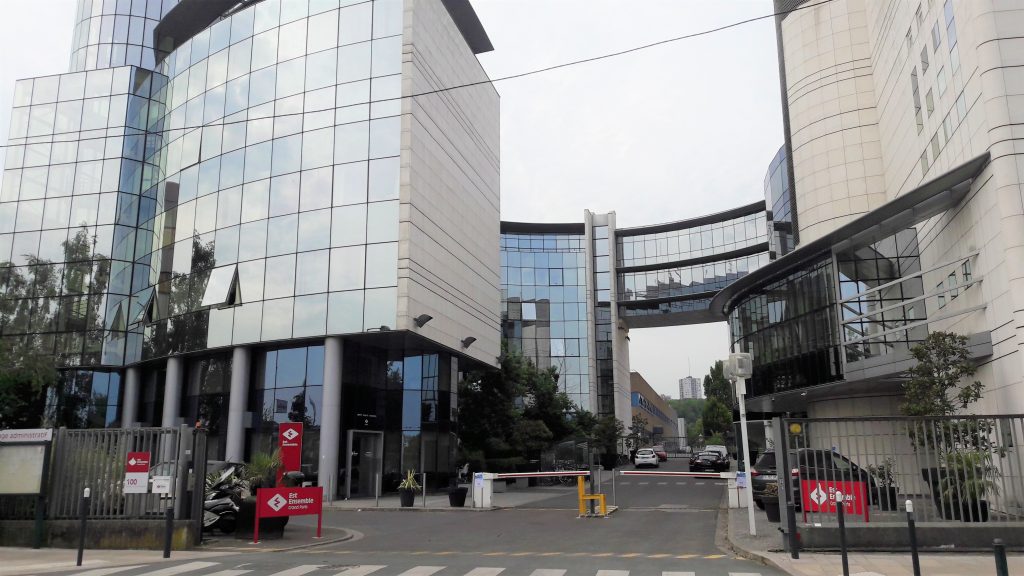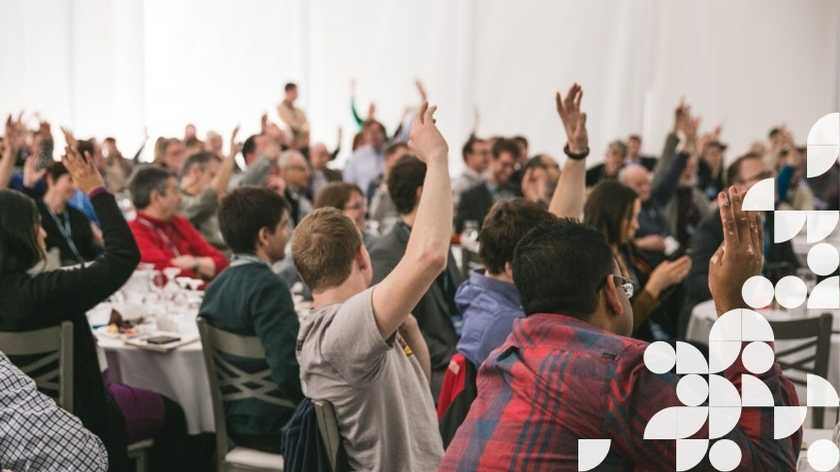Upon her arrival in 2017 as the head of the brand-new Department of Territorial and Environmental Development (DDTE) of Est Ensemble, Emilie Nahon had a profound conviction: any complex project involving numerous stakeholders must engage those stakeholders themselves. It is on this principle that she initiated the collective construction of a departmental project with all of her collaborators. To achieve this, it is the culture and collaboration methods of the entire department that will need to be transformed!
As the name suggests, Est Ensemble comprises 9 cities in eastern Paris that decided in 2010 to pool some of their competencies to create common and coherent territorial projects (the famous "together we are stronger" concept). This was followed by a fairly intense period of transfers and integration, more or less successful, of agents from all corners of the 9 cities, spread across four departments, themselves subdivided into several divisions.
In 2017, Emilie took the helm of the Department of Territorial and Environmental Development (DDTE), newly created following an internal reorganization: it now encompasses 5 divisions (water, environment, housing, development, economic development) drawn from different departments, but working closely together and with other departments of Est Ensemble.
One could fairly speak of a real patchwork of teams and agents from very heterogeneous cultures, skills, and entities, composed over time through transfers after the creation of Est Ensemble. In such conditions, it's difficult to have a shared vision and project on one hand, and a common culture in terms of values and managerial practices on the other. That's the challenge!
The good news is that the project for this department is a blank slate. Emilie also sees it as the perfect opportunity to break away from the classic command & control management model that has prevailed around her for far too long, through managers who see themselves only as chiefs, solely devoted to deciding and controlling. She thus decides to take advantage of this to implement and spread her collaborative and empowering vision of management, which she has secretly embodied for years. A kind of managerial coming-out.
"Leaders are not here to decide but to gather, mobilize, and value the expertise of their teams" - Emilie Nahon, Director of the Department of Territorial and Environmental Development
Her goals: to build collectively, unleash energies, find meaning in action, and ensure that employees want to come to work, and preferably running rather than reluctantly. Or on a scooter, it's up to them!
Emilie quickly realizes that her department already has a mindset fertile for engaging in such a transformation process. Her teams are passionate, convinced, and mobilized around important territorial and sustainable development issues. And they are not starting completely from scratch: work on developing a charter of values and managerial practices is already underway at the level of Est Ensemble. As they say, it's just a matter of doing it.
Killing two birds with one stone: bringing their teams together and collectively developing their departmental project. Faced with the magnitude of the task, they call upon a coach to support them in developing their strategic project, prioritizing their projects, and disseminating this new culture and ways of working to the divisions.
And that's where it gets (really) interesting: the values and practices that Emilie and her colleagues would like to see spread within the teams are precisely those implemented to lead the transformation itself. The watchwords are co-construction, transversality, broad involvement of stakeholders (here, managers, agents, and elected officials) in the development of the strategic project, perpetual integration into a concrete operational logic, and collective definition of a shared vision.
In short, "do as I say and as I do."
So, the DDTE starts by forming a project team composed of 12 voluntary ambassadors capable of representing their division, who will meet regularly to steer the project's progress. They are, in a way, the keystone of the transformation :)
The approach then unfolds in 5 steps:
- Presentation and definition of expectations and success criteria with elected officials and members of the president's cabinet
- Definition of the method with managers
- Definition of the strategic part of the vision with managers
- Sharing and enrichment of the vision with all agents
- Presentation and validation of the vision with all agents and union organizations
But it doesn't stop there. To ensure that this new approach is embodied and experienced by the teams in their operational daily lives, the entire DDTE places great emphasis on establishing spaces for sharing and communication among teams, among themselves and with other departments. The application of values and operating principles to each project of each team is also crucial for the project to be a very concrete reality for each one. To accelerate this, each division is developing its own strategic project, perfectly aligned with the common project of the DDTE.
Perhaps the best example is the highly anticipated Annual Festival of Reeds (FAR) scheduled for September: each agent will have to present within a team a concrete project in which the common values and vision have been implemented. This will be an opportunity for them to celebrate their individual and collective contributions that make this approach so rich and flourishing. That promises!

Although the process is still in its early stages and the path to transforming ways of thinking is quite long, the few results already observed and collected by Inès De Perthuis (responsible for the transformation audit) are more than encouraging.
Some agents do not feel that they have experienced a revolution in their ways of working. Some managers are hesitant because they do not see themselves in these new roles and do not know how to apply the required posture in managing their teams on a daily basis. And yet others see it as a real revelation and a breath of fresh air.
However, there are a few small signs in daily life that are unmistakable. Such as project leaders who are now invited to present their progress at management meetings instead of their hierarchical superiors when relevant. Or agents who dare (and I mean that) now call directly their colleagues from other departments without going through their hierarchy. Or even the creation of participatory laboratories and workshops in project management, such as the Parc des Hauteurs, integrating elected officials, associations, and residents into the process in a co-construction principle. And that's a real revolution!
This is definitely a story to follow closely!




